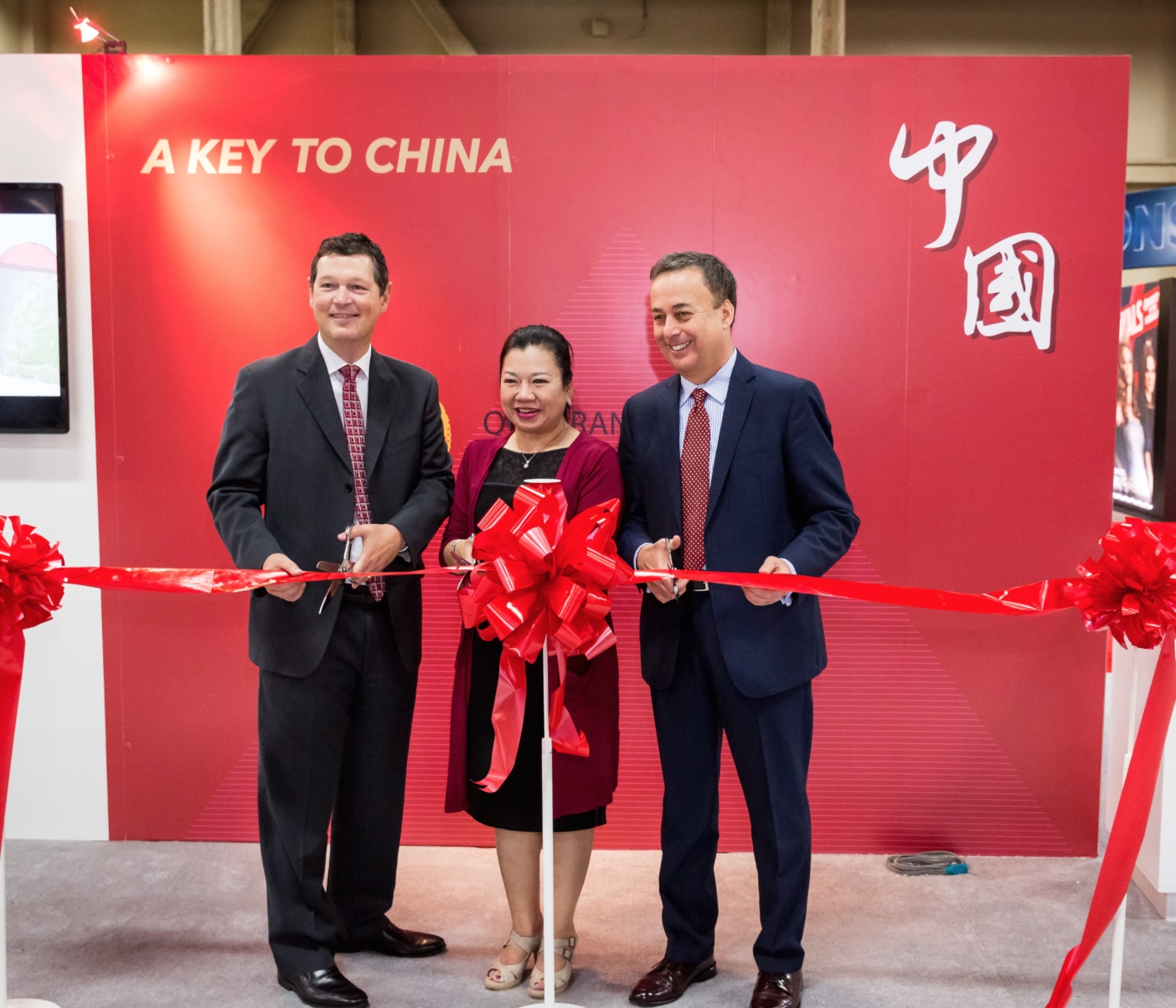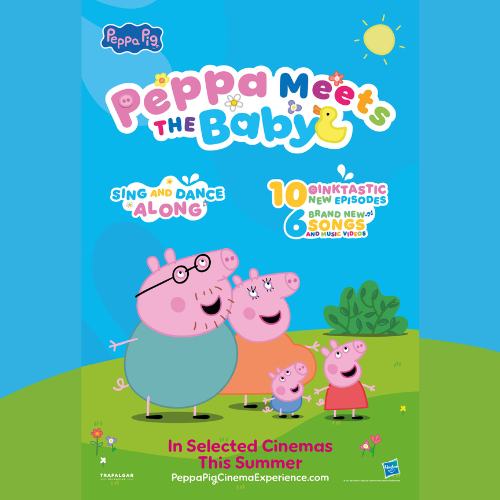The Source takes a closer look at the second largest licensing market in Asia.
It may have been in the news recently due to a slowing economy, but make no mistake, China is booming when it comes to licensed merchandise.
According to LIMA, retail sales of licensed products stood at $5.5 billion in 2013, rising to $6.1 billion in 2014. It is the second largest market in Asia after Japan, and it has maintained a double digit growth in the past eight years.
Character and entertainment is the largest category – accounting for over 60 per cent – with lifestyle and corporate brands coming in second. And, encouragingly for licensors in the UK, it is overseas properties which are making up the lion’s share – with the split almost 80:20 between overseas and homegrown brands.
“Overseas properties from Disney, Mattel and Hasbro are very strong,” explains Tani Wong, LIMA China MD. “Lifestyle brands like Paul Frank, Smiley and Jeep are doing well, too. Acting locally or localisation is key to success to tackle cultural differences, as well as the complicated business practice in the Mainland. This explains why the big studios have either opened offices or moved their regional headquarters to China.”

FremantleMedia Kids & Family Entertainment and eOne are two such licensors who made the move to establish permanent bases in China.
“The eOne Family business started operating in Asia at the beginning of this year, with Hong Kong as the hub managing the territory from a one person start-up,” says Candy Ho, senior territory manager Asia (pictured above). “We have now grown to a four-member team to become a fully functioning and self-sufficient division capable of supporting the territory. This demonstrates the commitment of eOne towards future growth and expansion in the territory.”
Peppa Pig launched on CCTV in June, accompanied by the first batch of toys. A full line hit shelves at the end of September – to tie in with the ‘Golden Week’ holiday – while a variety of story and activity books will follow. Next batches of product will likely include apparel, stationery, backpacks, houseware and homewares.
Meanwhile, Henry Or, VP Asia at FremantleMedia Kids & Family Entertainment, has been focused on building brand and content exposure for Kate & Mim-Mim and Tree Fu Tom in the region since the office was set up in August 2014.
“For countries like China, that do not have a huge amount of history in this particular line of business, it always helps to have local people managing local business as they understand the market and cultural aspects,” Henry says.

Those cultural differences include the retail landscape which, according to Tani from LIMA, is fragmented because of the huge geographical coverage. “There are many retail chains but none of them are as dominant as retailers like Wal-mart in the US,” she says. “All these chains have their strengths in certain product categories. E-commerce is very strong in China, however, and this sector is even more advanced than Western markets.”
This is a point that Henry from FMKFE Asia agrees with: “China’s retail market is increasingly moving away from physical retail towards fast growing e-commerce channels. Licensed products entering physical retail is also not easy to negotiate and the increasing property prices in China have significantly upped operating costs for retailers.
“The cost of shelf space is also another barrier for suppliers. It is expensive to introduce new products, and this is also a reason why it is difficult to launch new IP in China.”
It is also worth bearing in mind that counterfeit product is still an issue in the territory. LIMA’s Tani again: “It is still a big headache. Though the government has been diligently promoting IP protection, there is still a critical mass that ignore the importance of IP or some companies in the less developed cities that have little knowledge about IP.”
eOne’s Candy Ho describes the region’s trademark protection as “uniquely on a first-come-first-serve basis”, meaning that whoever successfully registered any trademark first has the full right to use the trademarked ‘brand’. “It poses major threats to foreign licensors of not being proactive enough in the trademark registration and it will lead to substantial legal consequences incurring tremendous expense on lawsuit or settlement,” she says. “As with any globally recognised property, Peppa draws attention from the counterfeiters and we need to ensure our brands are well protected in all forms. This is combined with the ongoing efforts to educate authorities, customs, trade bodies, retailers and manufacturers that there is now an official Peppa Pig licensing programme.”

As well as the brands coming in, more effort is now being made on extending the reach and opportunities for locally grown properties, too. LIMA’s Tani explains: “In the past ten years, China has incubated many local brands. Though they are very successful in China, very few can go abroad with the exception of Pleasant Goat and Big Big Wolf. On the other hand, those local properties are not eager to develop overseas markets as there is still a lot of potential in the Mainland.
“Since last year, China properties have debuted at Licensing Expo and we see that, bit by bit, there will be more Chinese brands trying to go abroad.”
Henry Or admits that Asian tastes can be very different to those in the West and, even within Asia, Chinese taste can be very different to the Japanese taste. “As such, it is not easy to find a single formula that works globally, or regionally,” he adds. “We are actively looking for opportunities with Chinese or Asian partners to create an IP originating from this region and bring it to the West.”
While growth may be slowing, China was described by Price Waterhouse Coopers earlier this year as likely to become the world’s largest retail market by 2018. Not a stat that our industry can easily ignore.

































